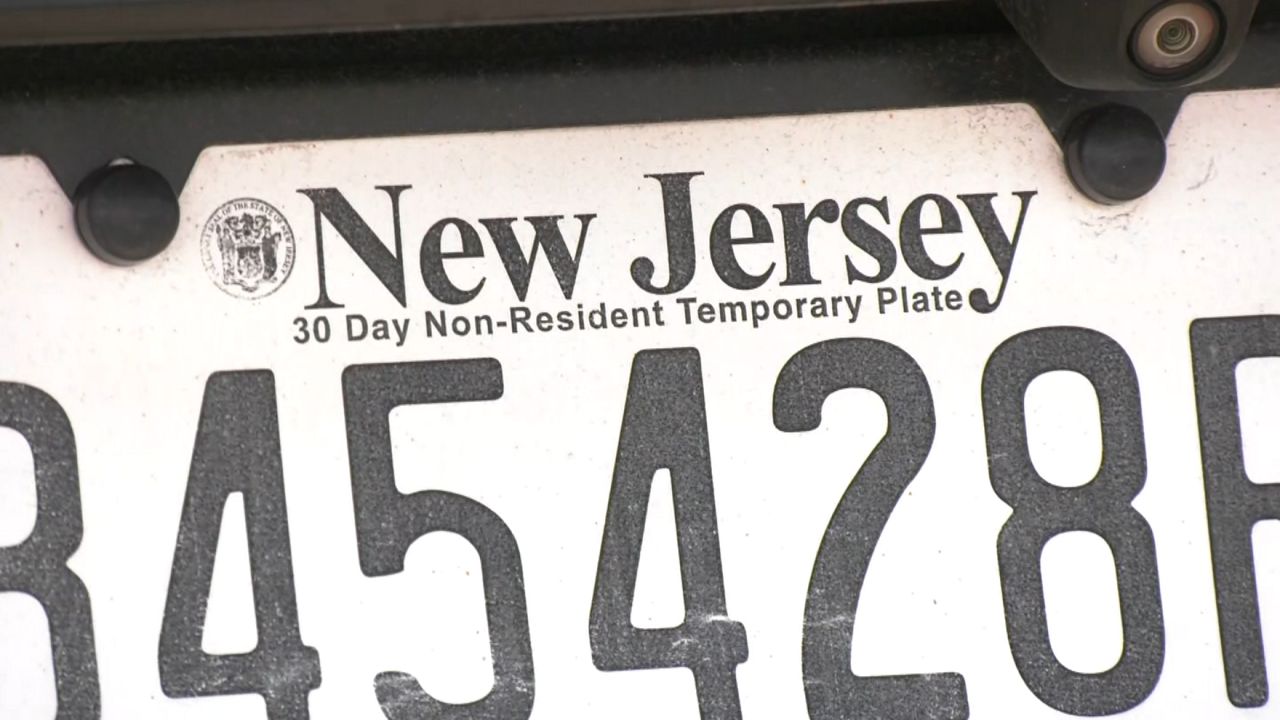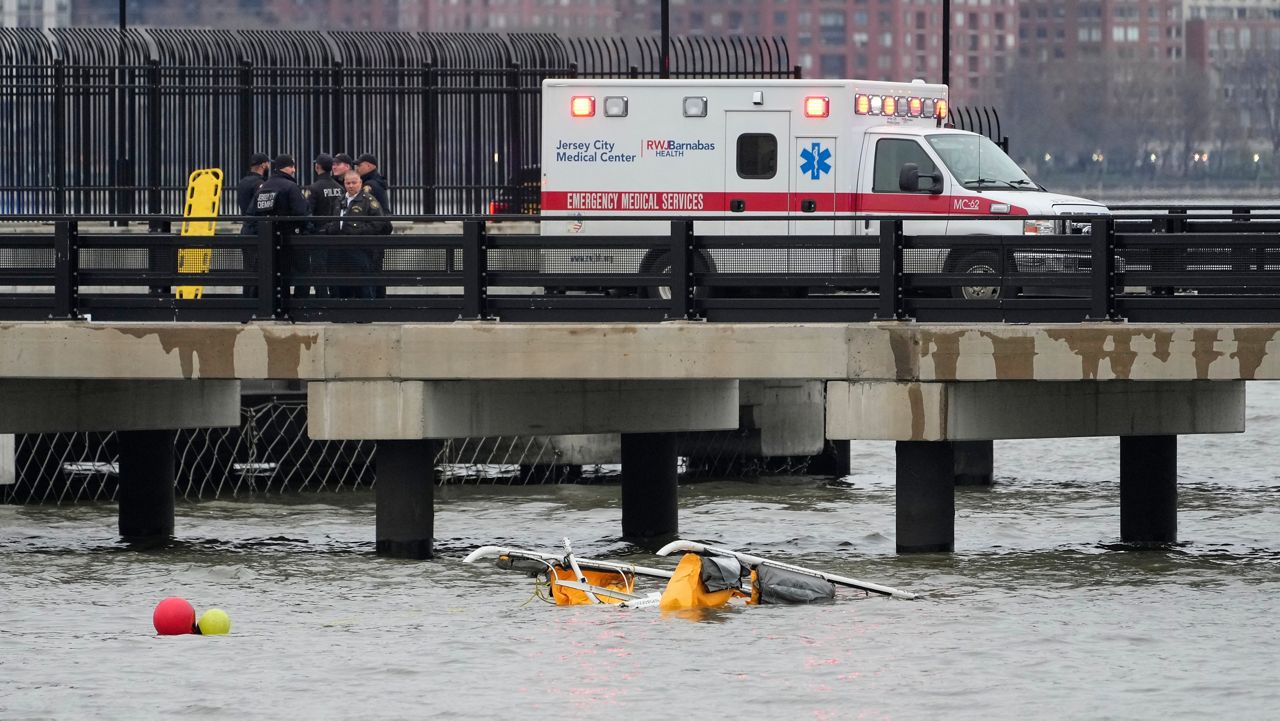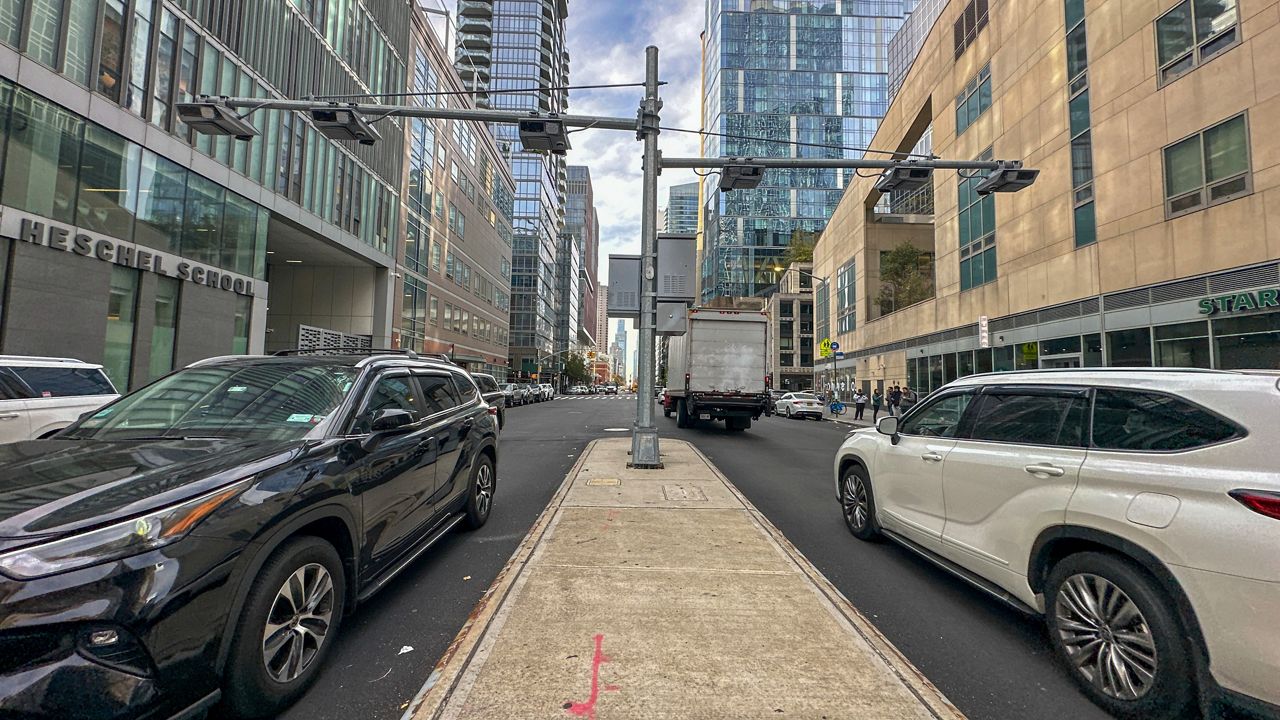The free bus pilot that was part of last year’s state budget is ending at the end of August.
The five routes, which were strategically placed in disadvantaged communities, were funded by $15 million. The MTA found while ridership increased; it was mostly existing riders using the routes more frequently.
What You Need To Know
- New York City Transit fare revenue was $73 million lower than projections through June, led by fare evasion on buses
- The free bus pilot was funded by $15 million in last year’s budget, but MTA officials felt it didn’t promote riders to pay the fare
- The cuts come as the MTA prepares to lay out how the pause in congestion pricing will negatively affect the operating budget
“It’s predominately benefiting existing riders,” Jon Kaufman, the chief of strategic initiatives for the MTA, said. “If your goal is helping with affordability, there are smarter ways to go about it than this.”
With fare evasion hovering around 50% on buses, MTA Chair and CEO Janno Lieber said giving free rides on the Bx 18 A/B, the B60, M116, Q4 and the S46/96 sent the wrong message to riders across all bus routes about paying.
According to officials, the revenue loss affects service.
“But people want great service. That’s what they continue to say to us. They want great service and we want to deliver it,” Interim New York City Transit President Demetrius Crichlow said. “However, you need to do your share and pay the fare.”
While riders will see some new turnstiles designed to fight fare evasion on the subway in the coming months, still a less than rosy financial picture for transit, with fare revenue well below projections.
Losses from fare evasion on buses year-to-date at $69 million alone, according to officials. That, in addition to lower revenue from real estate-related taxes, means the operating budget could take a hit.
“This is not a stable set of situations, and I think as you described, some of this is at the consumer’s behest, fare evasion, some of this is at the interest-rate behest, which is why the real estate market has been so unfavorable to us,” Neal Zuckerman, board member and finance chair for the MTA, said. “But ultimately, we are takers of some very choppy waters.”
Also, the next five-year capital plan is due by Oct. 1, with no known funding source. However, the $15 billion for the current plan is still uncertain amid the pause in congestion pricing, though officials are operating as if it will be there.
“So that it’s either congestion pricing or an alternative source, that doesn’t put additional borrowing on the MTA’s operating budget,” Lieber said.
But if there was additional borrowing, there were warnings that fare and tolls would have to be raised as high as 8% to keep up. The full MTA board will learn more about the immediate effects of the congestion pricing pause on the operating budget on Wednesday.




?wid=320&hei=180&$wide-bg$)

_Dnt_MTA_Fare_Gates_Clean)


